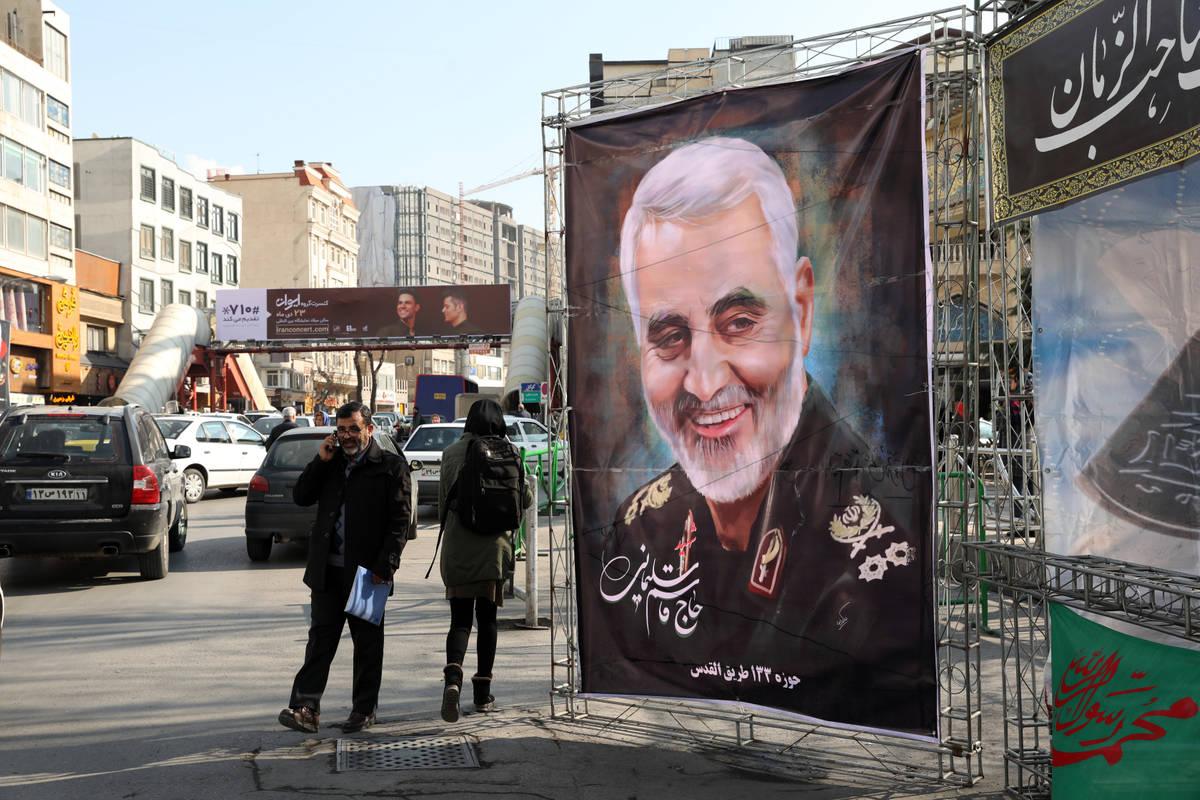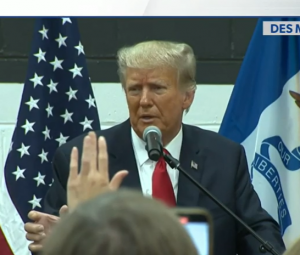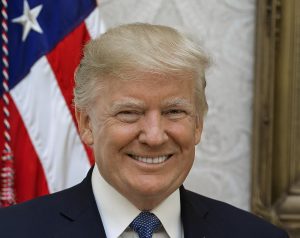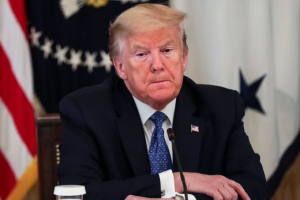The US sent shock waves through the Middle East on January 3, 2020, with the targeted killing of Iran’s General Qasem Soleimani and his Iraqi lieutenant, which infuriated the Islamic republic and its allies.
A charismatic figure in Iran, Soleimani was the architect of Tehran’s regional strategy and headed the elite Quds Force, the foreign operations arm of the Islamic Revolutionary Guard Corps — considered to be the country’s ideological army.
Also read: Iran to honour ‘martyr’ former military general Qasam Soleimani
Here are key developments since Soleimani’s assassination:
On January 3, 2020, Soleimani and Abu Mahdi al-Muhandis — the deputy chief of Iraq’s largely pro-Iran Hashed al-Shaabi paramilitary force — are killed in a drone strike just outside Baghdad airport ordered by US President Donald Trump.
The assassination comes three days after a mob of pro-Iranian demonstrators stormed the US embassy compound in Iraq to protest a deadly air strike targeting bases of the Hashed’s most radical pro-Iran faction.
In Tehran, supreme leader Ayatollah Ali Khamenei and President Hassan Rouhani demand revenge for Soleimani’s death.
In Baghdad, the Iraqi parliament in a non-binding vote on January 5 demands the departure of all 5,200 US troops still deployed in Iraq for the campaign against the Islamic State group.
On January 8, Iran launches missiles at Iraqi bases used by US and allied troops.
According to the Pentagon, missiles hit the Ain al-Assad airbase in western Iraq and another base in the Kurdish regional capital of Arbil.
Shortly after the missiles are fired, a Ukrainian International Airlines plane crashes after taking off from Tehran bound for Kiev, killing all 176 people on board.
On January 11, Iran admits its forces shot down the Boeing 737 “unintentionally”, saying the plane was mistaken for a “hostile target”.
On March 11, a rocket attack on the Taji base, north of Baghdad, kills two Americans — a soldier and a contractor — and a British soldier. Washington blames the attack on hardline elements of the Hashed al-Shaabi.
On April 15, the Pentagon accuses Revolutionary Guard boats of dangerous and provocative actions against US ships in the Gulf.
On April 22, the Guards say Iran has put its first military satellite into orbit, which Washington alleges is a cover for Tehran’s missile development.
On July 2, an explosion damages Iran’s uranium enrichment plant in Natanz.
Authorities initially blame an accident, but say several weeks later that it was “sabotage”.
A series of fires and explosions hit military and civilian sites in Iran over several months, though authorities make no link between the incidents.
On November 27, one of Iran’s most prominent nuclear scientists, Mohsen Fakhrizadeh, is killed in an attack on his car outside Tehran.
Iran accuses Israel of having orchestrated the attack. The Jewish state does not respond to the accusations.
In 2018, Israeli Prime Minister Benjamin Netanyahu alleged Fakhrizadeh was the head of a secret nuclear weapons programme denied by Iran.
On December 20, a volley of rockets explodes near the US embassy in Baghdad, the third attack against US military and diplomatic sites since a truce announced by hardline Iraqi factions in October.
Read more: Iran retaliates against Trump’s ‘responsibility’ tweet, warns against adventurism
On December 24, Iran warns US President Trump against any “adventurism” before he leaves office in January, after he accused Tehran of being responsible for the attack on the US embassy and said he would hold “Iran responsible” for any fatal attack on Americans in Iraq.







